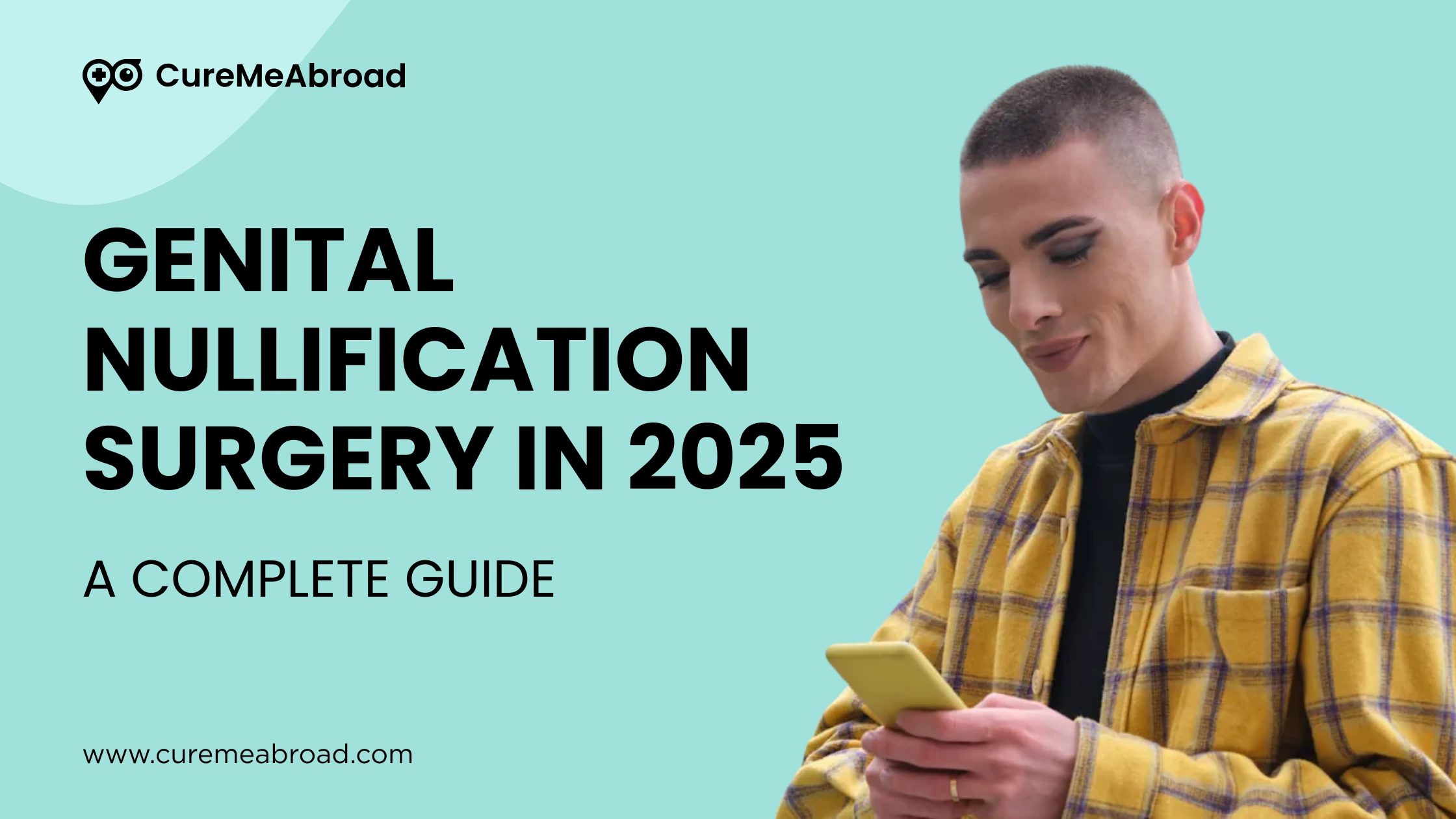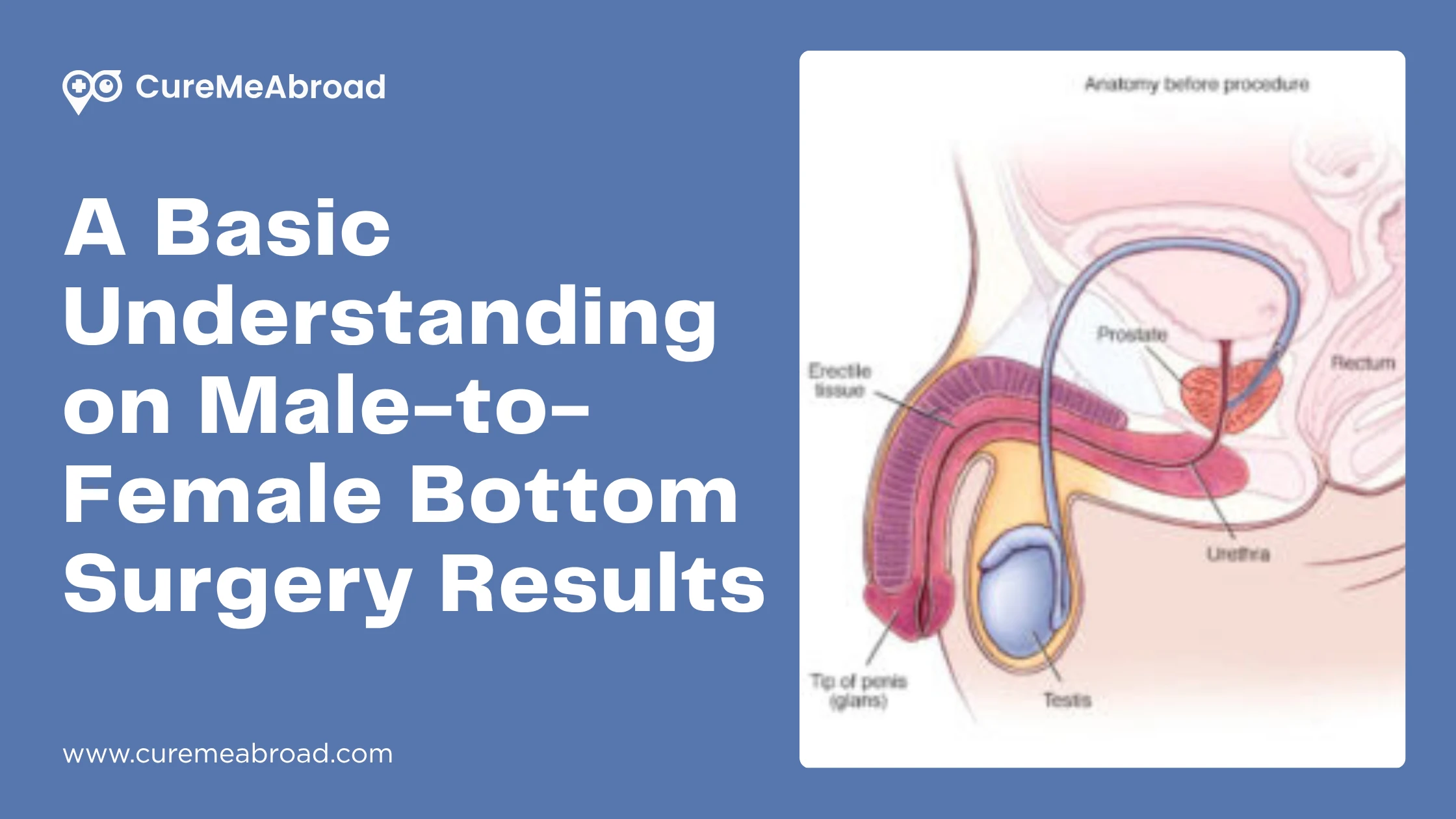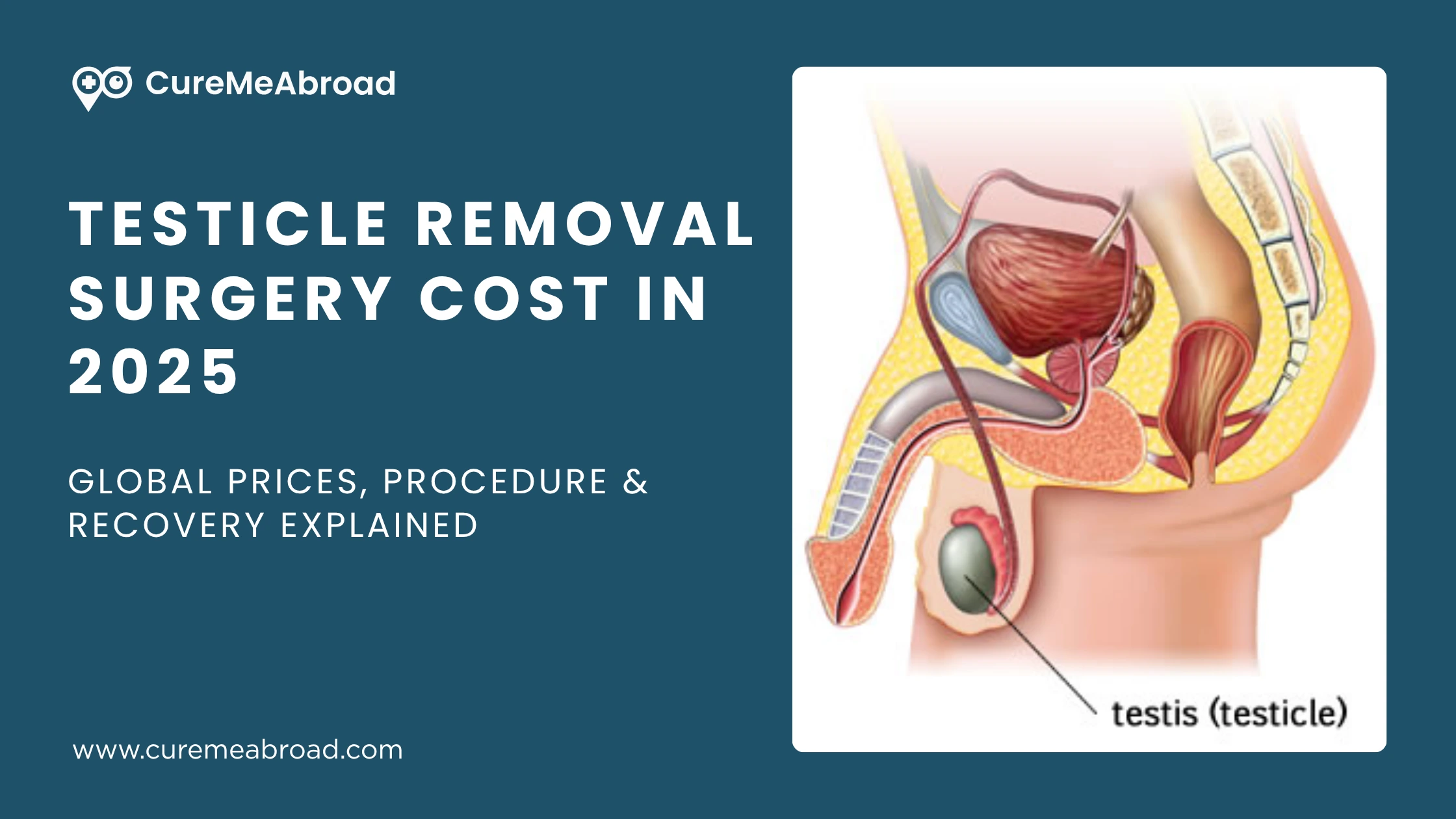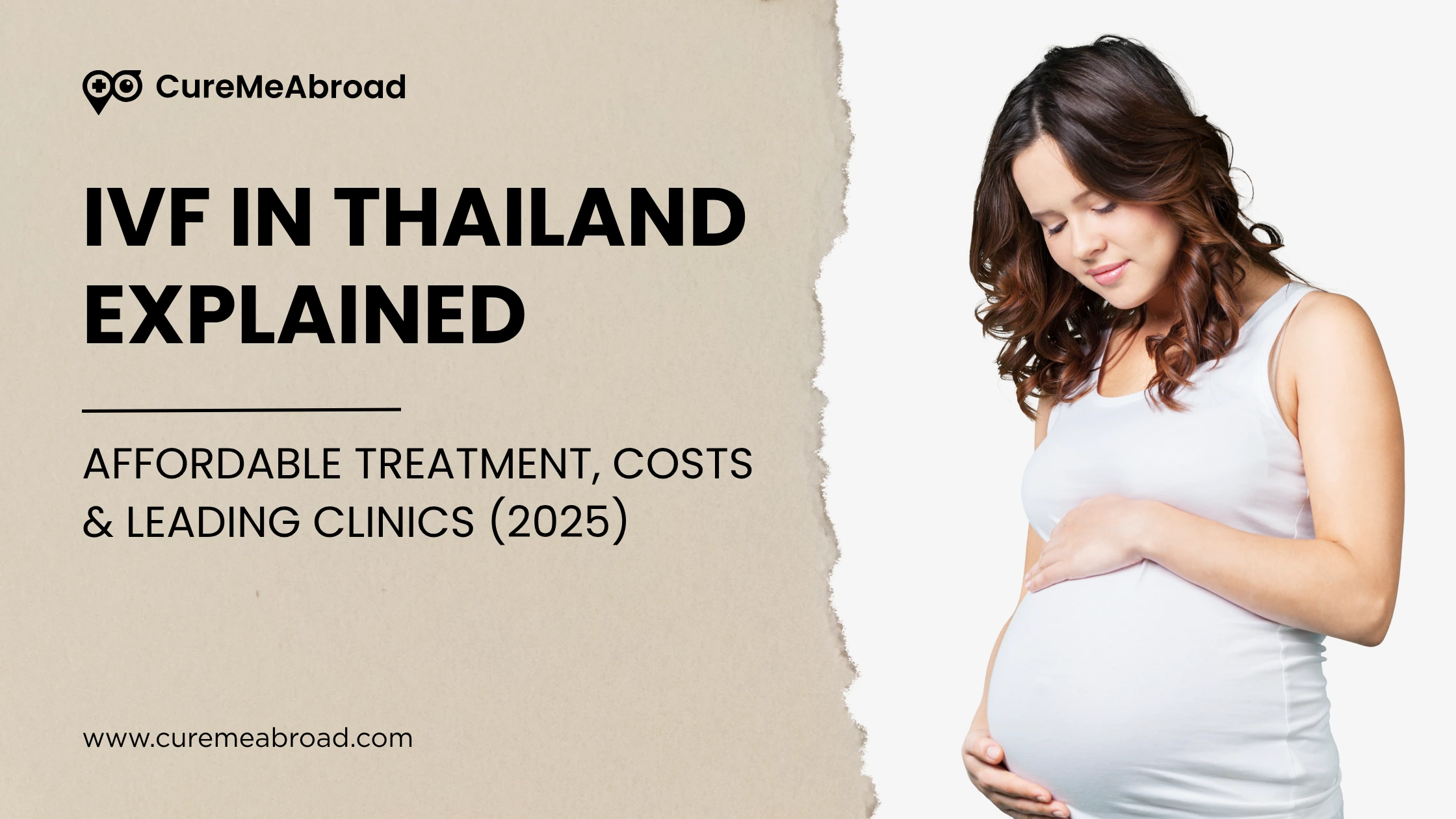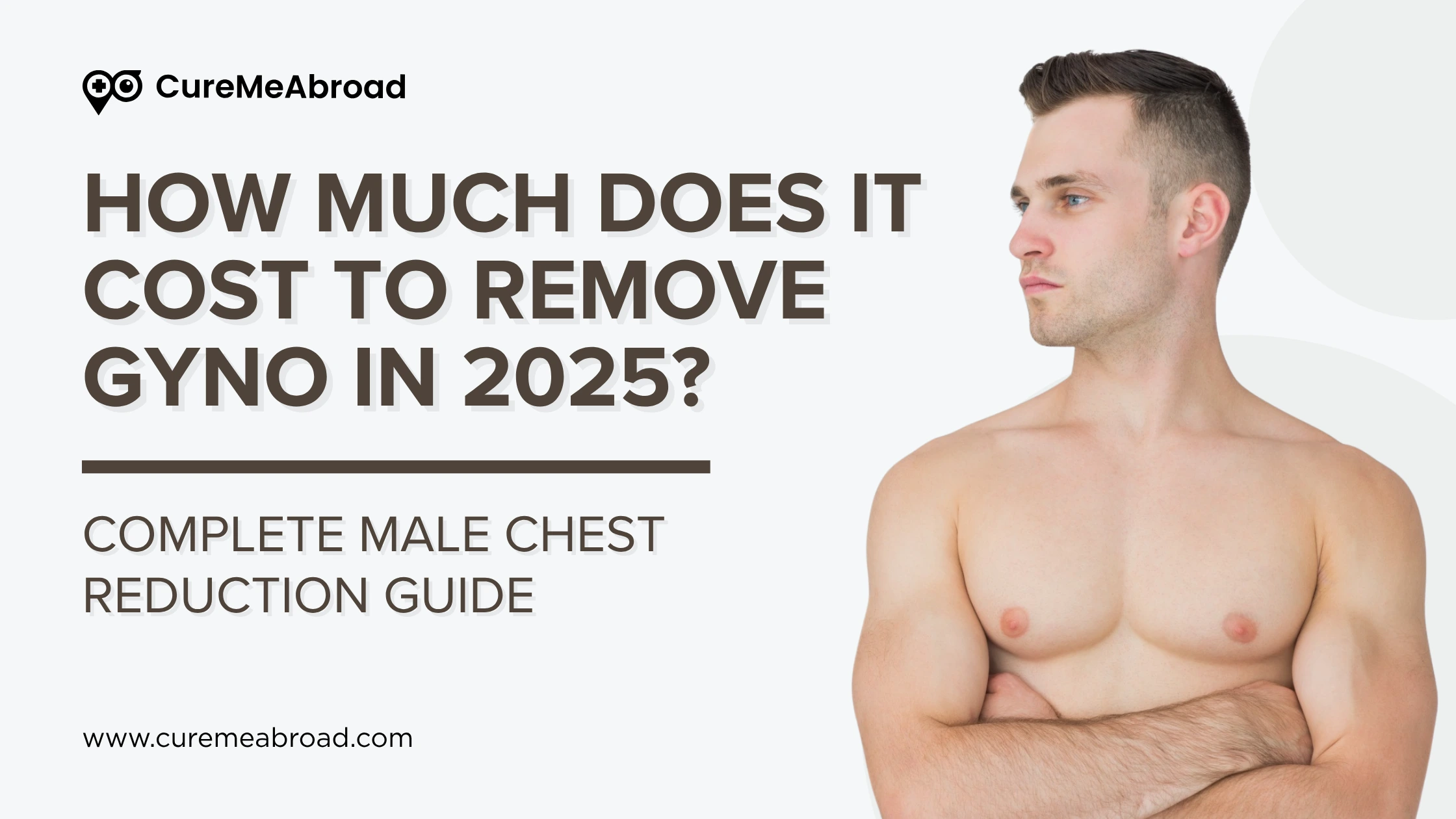The face lift /rhyidectomy is one of the most sought after cosmetic surgeries performed worldwide .It is valued for its ability to turn back visible signs of aging and restore a more youthful appearance .
Modern face lift does not work on “one size fits all" .In 2025 , facelift surgeries are tailored to each person’s anatomy and goals with a big advancement on the techniques used like deep plane lift and SMAS.
In the comprehensive guide, we’ll break down current face lift costs around the world; explore the factors that influence pricing and help you understand what’s included and what’s not.
Best Destinations for a Cheap Facelift
The global medical tourism market for cosmetic surgery is booming. The following destinations are leading the charge, offering exceptional value and are investing in modern, high-standard healthcare infrastructure.
| Country | Average Facelift Cost (USD) | Key Selling Point |
|---|---|---|
| Turkey | $2200-$7000 | All-inclusive packages, high surgeon expertise, JCI-accredited hospitals, excellent value for European patients |
| Thailand | $2500-$8000 | Renowned for hospitality, discretion, superb post-operative care, and integrated recovery resorts |
| Mexico | $3,900-$6400 | Geographical proximity and convenience for North American patients, US-trained surgeons |
| India | $1800-$3600 | The most affordable option globally, high-tech infrastructure, internationally trained doctors, minimal waiting times |
| Czech Republic | $3500-$6000 | EU-standard quality care at non-Western European prices, popular for combining surgery with a city break |
These figures are for a Traditional/SMAS Facelift and are estimates only. The final price can vary widely based on the complexity of your case and whether a neck lift is included.
Cost-Effective Surgery in Turkey: The Leader in Value
Turkey has created a very strong position as the go to destination for plastic surgery and attracts thousands of medical tourists annually.
Why Choose Turkey?
All-Inclusive Packages: This is Turkey's greatest strength. Clinics offer comprehensive packages that cover the surgery, anesthesia, hospital stay, post-operative medications, high-end hotel accommodation, VIP airport transfers, and even a patient host or translator. This bundled price eliminates hidden costs and simplifies your budget.
Surgeon Expertise: Many Turkish plastic surgeons are internationally trained, holding certifications and memberships in prestigious European and American surgical boards.
Advanced Facilities: The country boasts a high number of Joint Commission International (JCI)-accredited hospitals, a benchmark for international patient safety and quality of care.
Turkey Travel Tips
- Length of Stay: Plan for a minimum of 10 to 14 days to cover pre-op, surgery, initial recovery, and suture removal.
- Language: While the official language is Turkish, nearly all clinics catering to international patients have excellent English-speaking staff and coordinators.
- Currency: Turkish Lira (TRY), but most medical packages are priced and paid in Euros or US Dollars.
- Visa: Many countries (including the US, UK, and most EU nations) require an easy-to-obtain e-Visa before arrival.
Cost-Effective Surgery in Thailand
Thailand has a long-standing and impeccable reputation for medical tourism, particularly in aesthetic procedures. It’s the perfect destination if you want to blend your recovery with a relaxing, exotic holiday experience.
Why Choose Thailand?
Hospitality and Aftercare: Thailand’s healthcare is known for its world-class patient hospitality. The post-operative nursing care is often superior and more attentive than many Western hospitals.
International Standards: Hospitals in Bangkok and Phuket have state-of-the-art facilities often resembling five-star hotels. Many hold international accreditations that appeal directly to Western patients.
Tourism Integration: Recovery is made easier by the beautiful environment, allowing for comfortable recovery resorts or high-end hotels.
Thailand Travel Tips
- Length of Stay: A minimum of 12 to 14 days is recommended. The slightly longer stay allows you to benefit from the restful environment.
- Language: While Thai is the official language, staff at all major medical tourism hospitals are highly proficient in English.
- Currency: Thai Baht (THB). Major expenses like surgery are usually paid via wire transfer or credit card.
- Visa: Many nationalities are granted a 30-day visa exemption upon arrival, making entry easy.
Cost-Effective Surgery in Mexico: Convenience Meets Affordability
For patients in North America, Mexico offers an unmatched combination of low cost and geographical convenience. Border cities like Tijuana and major hubs like Cancun and Guadalajara have become specialized medical tourism cities.
Why Choose Mexico?
Proximity and Travel: The ease of travel for Americans and Canadians often just a short flight drastically cuts down on travel costs and time.
US-Trained Surgeons: Many top Mexican plastic surgeons have completed specialized fellowships or a portion of their training in the United States, meaning they adhere to familiar standards of practice and have excellent English communication skills.
Significant Savings: Procedures here are often 50-70% less than the cost in the US, providing immense savings for major surgeries.
Mexico Travel Tips
- Length of Stay: A minimum of 10 days is standard. If traveling to the border, recovery houses near the clinic offer specialized, short-term post-operative care.
- Language: Spanish is the official language, but medical staffs near the border or in major tourism cities are bilingual.
- Currency: Mexican Peso (MXN), though US Dollars are widely accepted in border medical zones.
- Visa: USA and Canadian citizens generally only need a passport and a tourist card to enter.
Cost-Effective Surgery in India: Maximum Savings and High-Tech Care
India provides potentially the cheapest facelift surgery in the world while offering advanced medical infrastructure. The savings here are significant, making a facelift accessible to a much broader demographic.
Why Choose India?
Lowest Cost Base: The country's low cost of living and operational expenses provides the most affordable prices globally for a high-quality surgical procedure.
Technological Advancements: Major metro cities (Mumbai, Delhi, Chennai, Bangalore) house high-tech, NABH (National Accreditation Board for Hospitals & Healthcare Providers) and JCI-accredited hospitals with world-class equipment.
Internationally Qualified Doctors: Indian surgeons are highly regarded and many hold international certifications and have trained in the US, UK, or Europe.
India Travel Tips
- Length of Stay: Plan for 14 days minimum. Given the distances, you'll want to ensure ample recovery time before the long flight home.
- Language: English is widely spoken in hospitals and by medical professionals across India.
- Currency: Indian Rupee (INR). Costs are low, so even post-operative expenses are extremely minimal.
- Visa: An E-visa is usually required and must be obtained online before travel.
What is the Cheapest Facelift Surgery? (Surgical vs. Non-Surgical)
The cost is highly dependent on the extent of the surgery needed. Here’s a detailed breakdown of options:
Non-Surgical and Minimally Invasive Options; Cheapest option
Liquid Facelift (Non-Surgical):
Procedure: Uses dermal fillers (like Hyaluronic Acid) and injectables (like Botox) to restore volume, contour the jaw line, and reduce wrinkles. No skin is removed.
Cost Range (Global Average): $500 – $3,000 per session.
Benefit: Zero downtime, least invasive, and cheapest initial investment. However, results are temporary (6-18 months) and require repeat treatment.
Thread Lift (Minimally Invasive):
Procedure: Dissolvable surgical sutures (threads) are inserted under the skin to physically lift and suspend facial tissue.
Cost Range (Global Average): $1,500 – $4,000.
Benefit: Minimal scarring, quick recovery, and provides a noticeable lift. Results last longer than fillers (1-3 years) but not as long as surgery.
Surgical Options; Most Affordable Surgery
Mini-Facelift (Surgical):
Procedure: Targets the early signs of aging, primarily sagging jowls and the neck. Incisions are shorter (usually hidden around the ear).
Cost Range (Global Average): $2,500 – $5,000.
Benefit: Shorter recovery time, less invasive than a full lift, excellent for patients under 50 who need minor touch-ups. This is generally the cheapest surgical facelift option.
Traditional/SMAS Facelift (Surgical):
Procedure: The most common facelift, addressing the mid-face, lower face, and neck. It involves lifting not just the skin, but the SMAS (superficial muscular aponeurotic system) layer underneath, leading to long-lasting results.
Cost Range (Global Average): $4,000 – $8,000+.
Benefit: Most comprehensive and longest-lasting results (10-15 years).
Factors That Affect Facelift Cost :The Price Determinants
When comparing prices, remember that a low headline price might not be the final price. Transparency is key.
The Surgeon's Credentials: A highly specialized, globally recognized surgeon (e.g., one who focuses solely on Deep Plane techniques) will charge a premium compared to a general plastic surgeon. The price reflects their expertise and complication rate.
Inclusion of the Neck Lift: Aging often affects the neck (platysmal bands, turkey wattle). If a Neck Lift (Platysmaplasty) is required, it adds complexity and cost, usually increasing the price by 15-30%.
Type of Anesthesia: Local anesthesia with sedation is often cheaper, but a general facelift often requires a certified Board-Certified Anesthesiologist and general anesthesia, which adds to the operating room cost.
Facility Accreditation: Clinics and hospitals with international accreditation (JCI, ISO) have higher overheads due to strict equipment maintenance and staffing requirements. This cost is non-negotiable for safety.
Revisions and Aftercare: Does the package include complimentary minor revisions if needed? Are post-operative visits covered? Excellent aftercare guarantees the long-term success of your investment.
The Facelift Recovery Journey: A Week-by-Week Guide
A successful facelift demands patience and adherence to your surgeon’s instructions. Understanding the timeline helps you plan your recovery abroad and at home.
Week 1: Maximum Rest and Swelling
Symptoms: Maximum swelling, bruising, and discomfort. Drains (if used) are typically removed within 1-3 days.
Activity: Strict rest. The head must be elevated, and you may wear a compression garment almost constantly. No bending, lifting, or vigorous movement.
Travel: Absolutely not advised.
Week 2: Suture Removal and Improvement
Symptoms: Swelling and bruising dramatically decrease. Stitches/sutures are typically removed between day 7 and 10.
Activity: Light walking is encouraged. You may feel comfortable leaving the hotel for short, discreet outings.
Travel: Most patients are cleared to fly home after the 10th day. You must wear your compression garment on the flight.
Week 3 - 4: Returning to Normal Appearance
Symptoms: Most visible signs of surgery (bruising) should be gone. Some minor, persistent swelling (which only you will notice) remains, especially near the jowls.
Activity: You can typically resume office work and light exercise. Avoid heavy lifting and anything that raises your blood pressure significantly.
Month 2 - 3: Feeling Good, Looking Better
Symptoms: The face starts to look more natural. Numbness, especially behind the ears and near the jawline, may persist but will gradually resolve.
Activity: Full return to exercise, social life, and all regular activities.
Month 6 - 12: Final Result
Symptoms: All internal swelling has resolved, and the incisions have matured and faded significantly.
Result: You are seeing the final, beautiful result of your facelift.
Financing Options for Your Procedure
Since you’re already saving thousands through medical tourism, financing becomes much easier to manage:
Personal Savings: The most powerful tool. By choosing an affordable country, you’ve reduced the procedure cost from a potential $25,000 to $5,000, making it easier to pay in full.
Medical Loans & Credit: Explore specialized medical credit cards or low-interest personal loans from your bank to cover the package cost. Paying with a credit card may also offer valuable travel rewards.
Clinic Payment Plans: While less common for international patients, some high-volume clinics offer structured installment plans, requiring a significant deposit followed by final payment upon arrival.
HSA/FSA (US Patients): If you are a US citizen, using a Health Savings Account (HSA) or Flexible Spending Account (FSA) can cover some costs with pre-tax dollars, significantly increasing your financial benefit.
How to Choose the Right Clinic and Surgeon
Choosing a surgeon abroad must be based on an objective criteria, not just the lowest price.
Demand Board Certification: The surgeon must be certified by the appropriate national board (e.g., Turkish Plastic Surgeons Association, US-certified, etc.). Look for certifications that emphasize Plastic, Reconstructive, and Aesthetic Surgery.
Check International Accreditation: The operating facility must be accredited (JCI or equivalent). Do not accept a clinic that operates only out of a small office; demand surgery in a fully equipped hospital.
Review the Portfolio: Ask for at least 10 before-and-after photos of patients with a similar facial structure and age range. Look critically at the quality of the scars and the naturalness of the lift.
Assess Communication: Use your virtual consultation to determine if the surgeon listens to your goals and clearly explains the risks. Good communication is critical for managing expectations.
The Revision Policy: What happens if there's a complication or the results are unsatisfactory? Get a clear, written statement about the clinic’s policy regarding complimentary revision surgery and who pays for the associated hospital/anesthesia costs.
Is Facelift Worth the Cost?
A facelift is often the most impactful procedure for reversing significant signs of aging in the lower two-thirds of the face.
The Value Proposition: When considering a traditional facelift that can last for 10-15 years, the cost, when divided over that time, is remarkably low especially when you achieve 70% savings through medical tourism.
The investment is not merely financial; it's an investment in your self confidence , rejuvenating your face ,improving your social and personal life If the sagging jowls, deep marionette lines, and loose neck skin cause you distress, the long-lasting, transformative results of a well-executed facelift are unequivocally worth the cost.
FAQs (Frequently Asked Questions)
Q1: Will I have visible scars?
Scars are an inevitable part of surgery, but a skilled facelift surgeon hides the incisions strategically: along the hairline, inside the ear cartilage, and behind the earlobe. They fade significantly over 6-12 months and should be barely noticeable once fully healed.
Q2: How long does a facelift typically last?
A traditional or SMAS facelift typically yields results that last 10 to 15 years. While you will continue to age naturally, you will always look significantly younger than if you hadn't had the procedure.
Q3: How soon after the surgery can I resume exercise?
Light walking is encouraged from Week 2. You should avoid all strenuous exercise, heavy lifting, and activities that increase blood pressure for at least 4-6 weeks to prevent bleeding or excessive swelling.
Q4: Is it cheaper to combine a facelift with other procedures?
Yes. Clinics often offer a discount when you combine a facelift with a Blepharoplasty (Eyelid Lift) or a Brow Lift because the surgeon, operating room, and anesthesia are already booked. This is called a "Facial Rejuvenation Combo."
Q5: Will traveling home immediately after surgery be a problem?
Yes, it is a significant problem and highly discouraged. You need 7-10 days of stable recovery time, monitoring for complications, and suture removal before taking an extended flight. Do not cut your recovery time short.
Q6: Do I need a full facelift, or will a mini-facelift be enough?
This depends on the degree of skin laxity. If the skin excess is limited to the jawline and neck, a mini-facelift may suffice. If you have significant sagging in the cheeks, deep nasolabial folds, and significant neck bands, a full SMAS facelift is usually necessary for adequate correction.
Q7: Are the risks higher when having surgery abroad?
The risks are identical to surgery at home, provided you select an accredited, high-quality facility with a board-certified surgeon. Risks increase only when patients choose unaccredited, unlicensed clinics solely based on the cheapest price.
Q8: What if I have complications after returning home?
A reputable clinic will provide clear instructions and contacts. Minor issues can usually be managed by your local physician with advice from your surgeon abroad. For serious complications, most packages do not cover the cost of emergency care in your home country, reinforcing the need to choose a facility with the highest safety standards.




